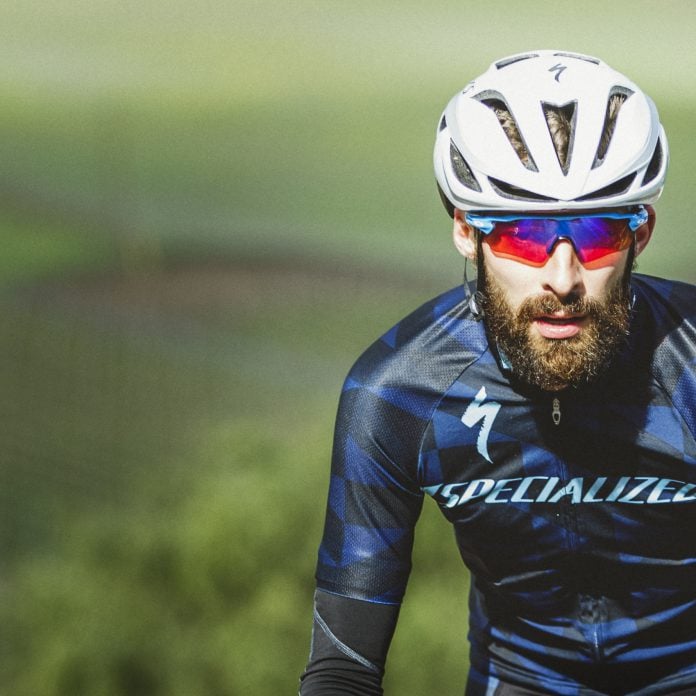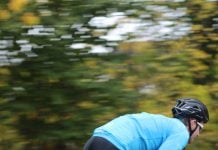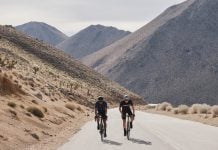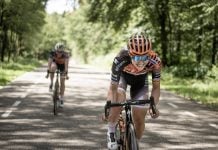When you’ve signed up for your first big event, and you’re beginning to get the training in it’s easy to overlook nutrition. Preparing your bike & gear can be at the forefront of the mind, and nutrition takes a back seat. In this article we’ll give you all the information you need to get round the course with your energy levels intact, whether it’s a training ride or race day, you’ll need these tips & tricks.

Where to start:
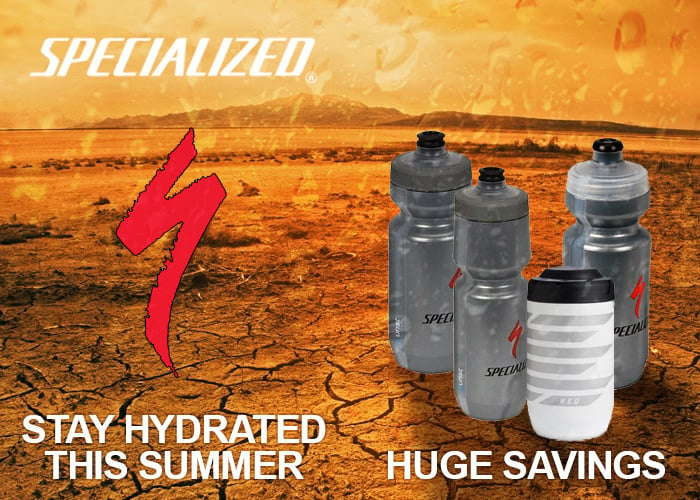 Ideally your fuelling strategy will have started a couple of days before the big event. Making sure you’re eating healthy and simple foods that aren’t going to cause the digestive system any disturbances. But come the morning of the event you want to make sure you stock up with some good, slow release carbs. Porridge, wholemeal toast, bagels, these foods are a sure fire way to give the body all the nutrients it needs before getting to the start line. You want to try and make sure whatever combination of breakfast foods you choose you want to try and make sure it’s low in fat. This will help your body absorb nutrients out on the road.
Ideally your fuelling strategy will have started a couple of days before the big event. Making sure you’re eating healthy and simple foods that aren’t going to cause the digestive system any disturbances. But come the morning of the event you want to make sure you stock up with some good, slow release carbs. Porridge, wholemeal toast, bagels, these foods are a sure fire way to give the body all the nutrients it needs before getting to the start line. You want to try and make sure whatever combination of breakfast foods you choose you want to try and make sure it’s low in fat. This will help your body absorb nutrients out on the road.
But why do you need to start with a big breakfast? You need to make sure that the glycogen (carbohydrate) stores are absolutely maxed out. This can also come from a big meal like pasta or a rice dish the night before as it can take up to 48 for the fuel to be converted. Breakfast should be eaten around 2 hours before you leave as we mentioned in our 5 top tips blog. The idea is to keep your carbohydrate stores full throughout the ride, the moment they empty, you’re in trouble. The more you eat through the ride, the less likely they are to be affected. Although don’t overdo it, you’ll give yourself stomach troubles.
What to remember:
- Take roughly 60g of carbs per hour.
- Track what you have with you.
- Keep you carb stores loaded up.
- Be prepared for the worst.
The limit at which your body stops absorbing carbs is roughly 0.5-1g of carbohydrates per kg of bodyweight per hour. Beyond this and it will just sit uneasy in your stomach, until it can be absorbed. What source these carbs take will depend on where you’re racing and what your personal preference is. If you’re racing in a hot climate then you’ll need to focus on making sure you get more fluid in through the ride. Hydration is also plays a huge part in these environments.

Tracking what you’ve got with you is very important. You might think you have an extra gel in your back pocket, but you actually used it 10 miles ago. It’s no use realizing you’ve run out just as you’re about to start your final push for the finish. So keep a track on what you’ve got and try not to misplace any fumbling about in your pockets. Another element to keep track of is what’s in your bottle. You need to know how many carbs are in your bottle as you go through the ride, so you’re not taking on too much. Product’s like Science in Sport’s electrolyte powder are great for these scenarios.
And finally, being prepared for the worst. This can happen to anyone, a puncture in the last 20km, a broken chain, a crash. You could end up being caught in the sun a fair amount longer than you need to, and if you’re only just topped up on carbs, that last little bit will certainly feel longer than it needs to! A spare gel, bar or half a bottle could save you a lot of time and headache.

